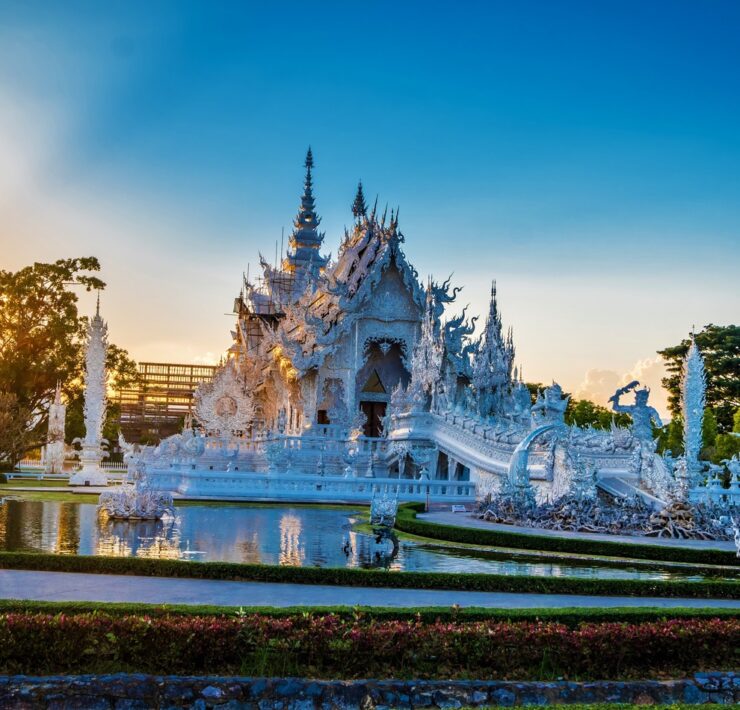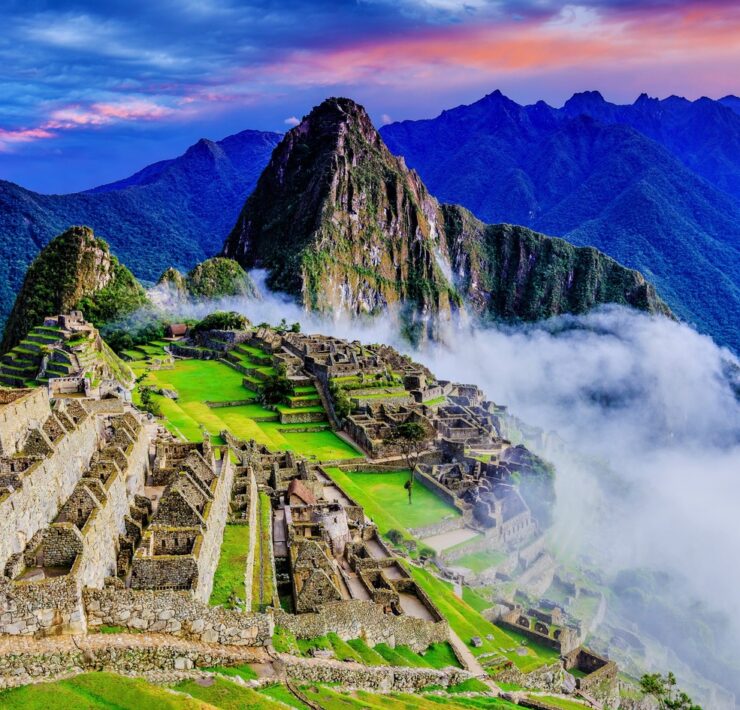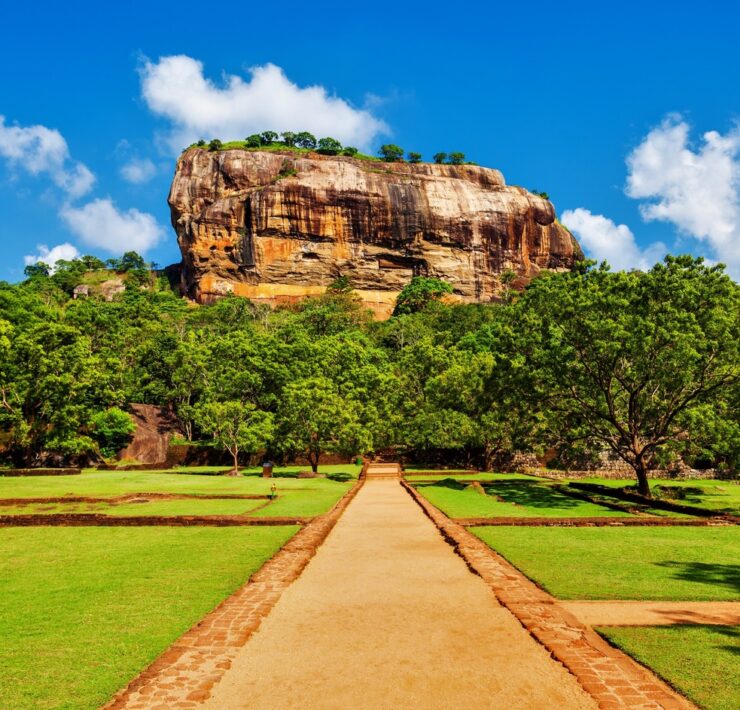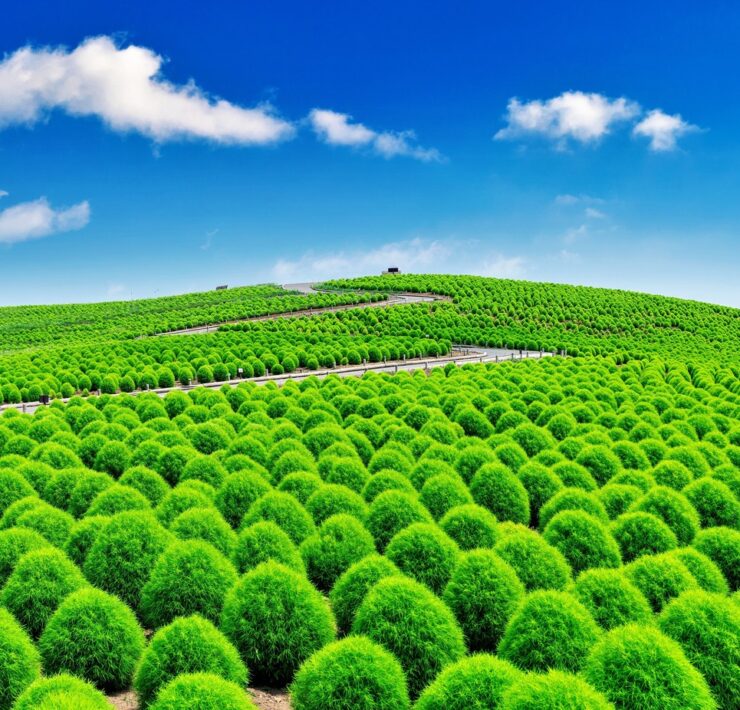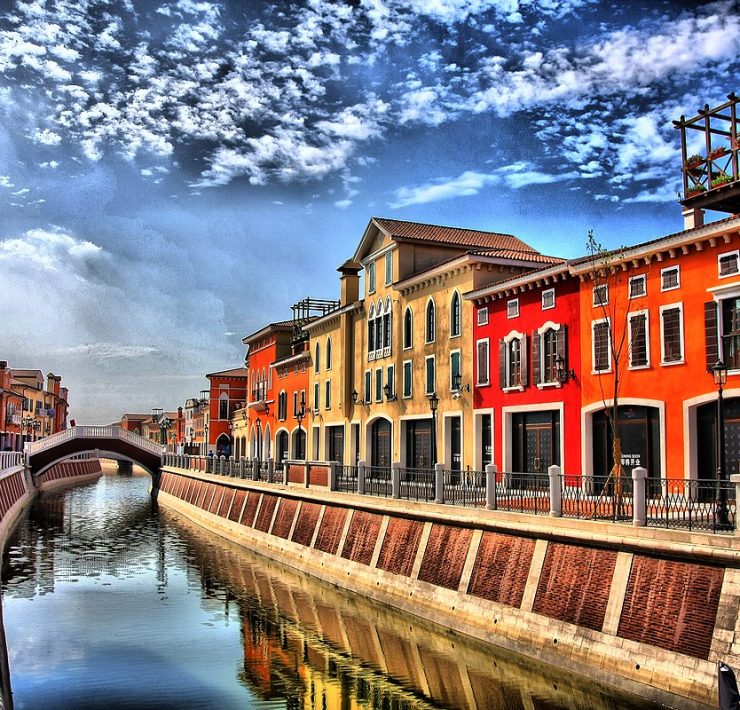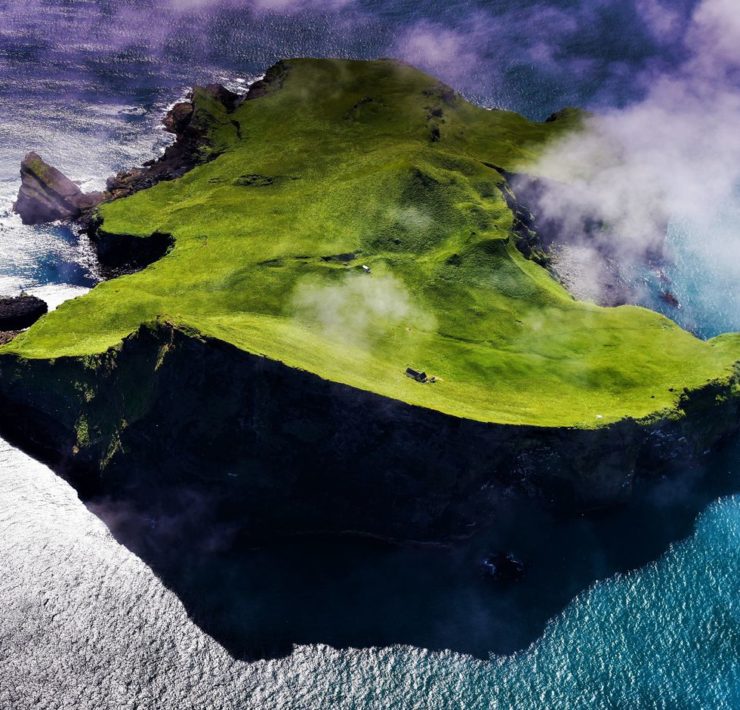For a person who loves cultural history, nothing is better than visiting a UNESCO-certified World Cultural Heritage Site. The Longmen Grottoes, one of the finest example of Chinese cave sculpt art, is a site that has been recognized by UNESCO as a World Cultural Heritage Site in the year 2000. This site displays the finest Chinese Buddhist cave art of the late Northern Wei and Tang Dynasties (316-907). These caves are home to nearly tens of thousands of statues of Buddha and his disciples. The Longmen caves are situated about 12 km south of present day Luòyáng in Hénán province of the Peoples Republic of China.
The sculptures are carved into the caves that were excavated from the limestone cliffs of the Xiangshan and Longmenshan mountains. These caves have several major grottoes with noteworthy displays of Buddhist sculptures along with calligraphic inscriptions. The main and most impressive of the caves include Guyangdong, Binyangdong and Lianhuadong among others such as the Fengxiansi. However, the major attractions of the site include Fengxiansi Temple, Wanfo Cave, Guyang Cave, Binyang Cave and the Lianhua Cave or the Lotus Cave.
Guyangdong
The Guyang Cave or the Old Sun Cave is the oldest Longmen cave with typical Northern Wei style carvings on display. This cave is located in the central part and is also the largest of the caves of the west hill. This cave was carved under Emperor Xiaowen’s orders, supposedly during the time when he is thought to have moved his capital from Datong to Luòyáng. Nearly 800 inscriptions are found on the walls and niches. The two rows of niches on the northern and southern walls of the cave have a large number of images, upon which the artists have their names, dates and the reason for carving them.
Binyang
After the construction of Guyang Cave, a series of large-scale caves were constructed by the royalty of the Northern Wei Dynasty, the Binyang caves. There are three Binyang caves: the northern, southern and middle Binyang caves. Of the three, the middle Binyang caves are the only ones to have been constructed during the Northern Wei period. This cave includes 11 large statues of Sakyamuni and his disciple.
Fengxian
The largest temple in the Longmen Temple and built in the period of Tang Dynasty is the Fengxian. This temple is 36 meters wide and 41 meters long. This temple includes nine major figures with different facial appearances and temperaments, built in accordance with Buddhist rite and the relationships as portrayed by the artists. The most impressive of these is the 17.4-meter statue of Vairocana Buddha that sits cross-legged on the eight-square lotus throne. Kasyapa and Ananda statues stand beside Vairocana, wearing prudent and devout expressions.
The Wanfo Cave and Lianhua Cave are just as much admired as the three discussed above. If you are historic culture fan, then the Longmen Caves are definitely the choice for you.
When On Earth Magazine is for people who love travel. We provide informative travel guides, tips, ideas and advice regarding places to see, things to do, what to taste, and much more for world travelers seeking their next dream vacation destination.

